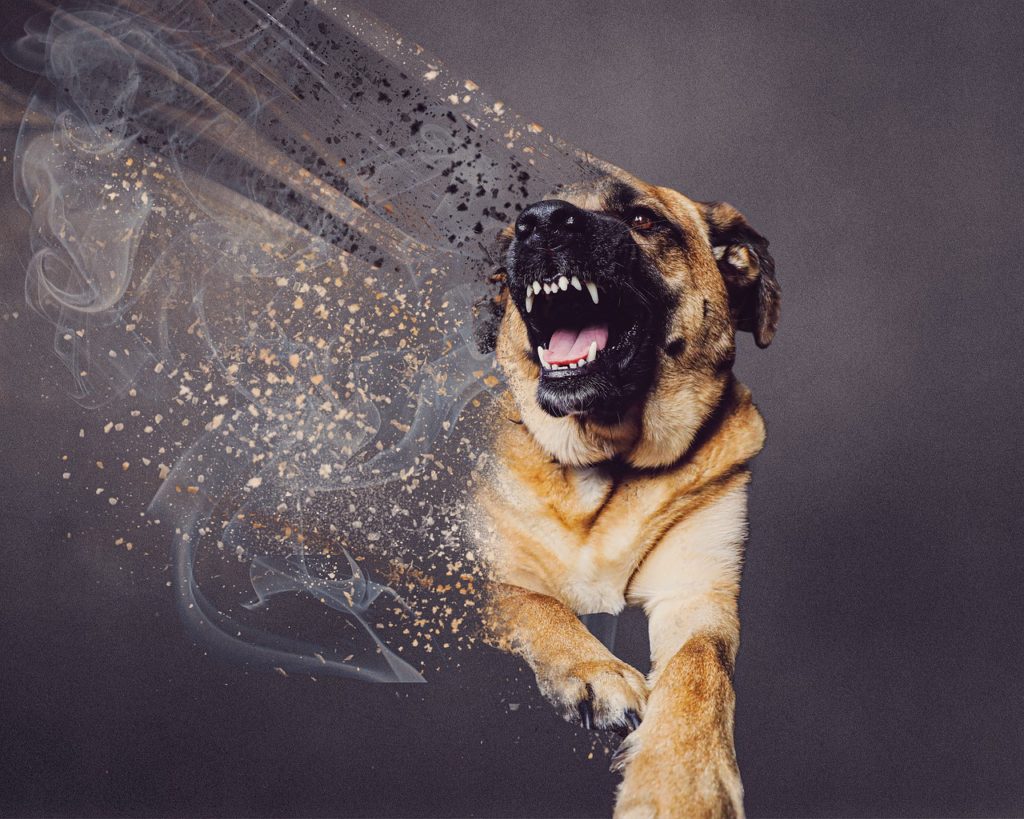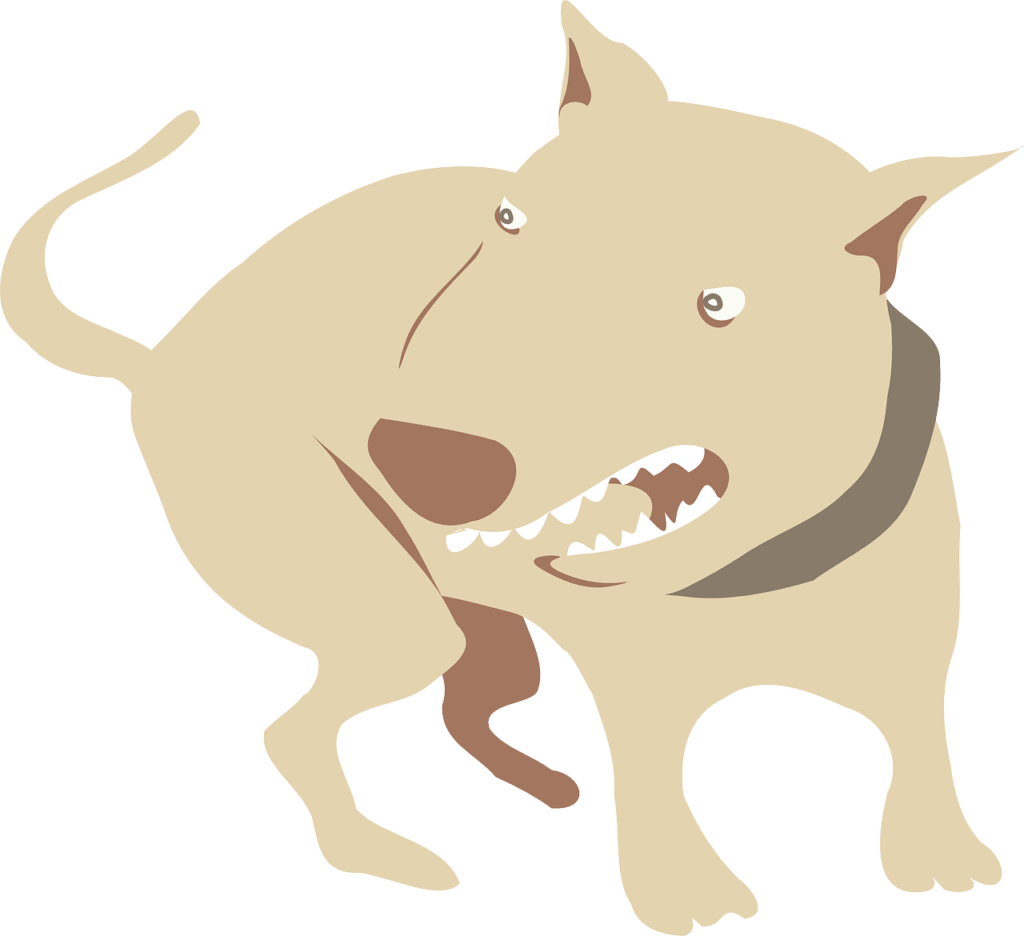There are many causes of aggressive behavior in dogs. It might be due to a dominance related issue between you and the dog, or it might be a trigger that was never properly dealt with from puppyhood – such as an attack by a different dog. Whatever is causing your dog’s aggression, however, you need to address it as soon as possible. The results of prolonged aggression can be not only scary, but dangerous if not quickly taken to task.

The Source of Aggressive Behavior in Dogs
Dog aggression can start as young as 6 weeks of age, a crucial age when a puppy should be socialized with other dogs and given the necessary training that keeps them from biting other people. This period of socialization lasts until the dog turns 14 weeks of age and can extend even further beyond that.
This means several things. First, never take a puppy away from its litter before 8 weeks of age. Never use harsh discipline with the puppy between 8 and 10 weeks and make sure the dog is very gently treated in that time. Hitting, yelling or other harsh punishments at a young age can breed aggressive behavior in dogs over time.
A dog needs to have been properly socialized with people and other dogs by the time he reached 14 weeks to avoid any future aggression issues.
Actual aggression can be triggered by any number of factors. Heredity and genetics are certainly factors – some breeds can be more aggressive than others – but it is by no means a hard fast rule. Additionally, dogs that have not been neutered or spayed are more prone to aggressive tendencies.
By far, however, the most important factor in creating aggressive behavior in dogs is their environment. A dog that has poor living conditions, harsh masters, no socialization, or that has been frightened or attacked by another dog is far more likely to be aggressive as it ages.
Aggression can grow from the need to establish a pack pecking order. Biting, posturing, and other aggressive tendencies are often the result of a dog testing for dominance. You’ll need to establish dominance at a young age and maintain that position throughout the dog’s adolescence to ensure it doesn’t get a chance to take control of the household.
Stopping and Controlling Aggressive Behavior in Dogs
If your dog exhibits aggressive behavior after 14 months of age, when it has reached sexual maturity, especially after it has been altered, you should address the problem immediately. First, make sure you have established yourself as the pack leader. Don’t reward your dog for aggressive behavior, even if it is scared (especially in this case).
Train your dog to respond to your commands, control feeding and walking times, and make sure the dog has a strong leader in the house. If you defer to the dog or allow it to take liberties in your home, it will exhibit stronger aggression toward others.
If your dog is defensive-aggressive, they may strike out at a person in fear. These dogs may not have been properly socialized. Keep them away from small children (which they may see as direct threats) and attend a training session or behaviorist who can slowly acclimate the dog to a social atmosphere.
Aggressive behavior in dogs is a huge problem that many owners have, but it can be controlled, even as your dog gets older.
Address aggressive dog behavior with love and compassion. Combining behavior management techniques and dog training techniques, it is possible to moderate the level of aggressiveness in your dog.
If your dog’s aggression ever advances to violence, consider hiring a professional to intervene before someone gets hurt and your dog is held responsible.



